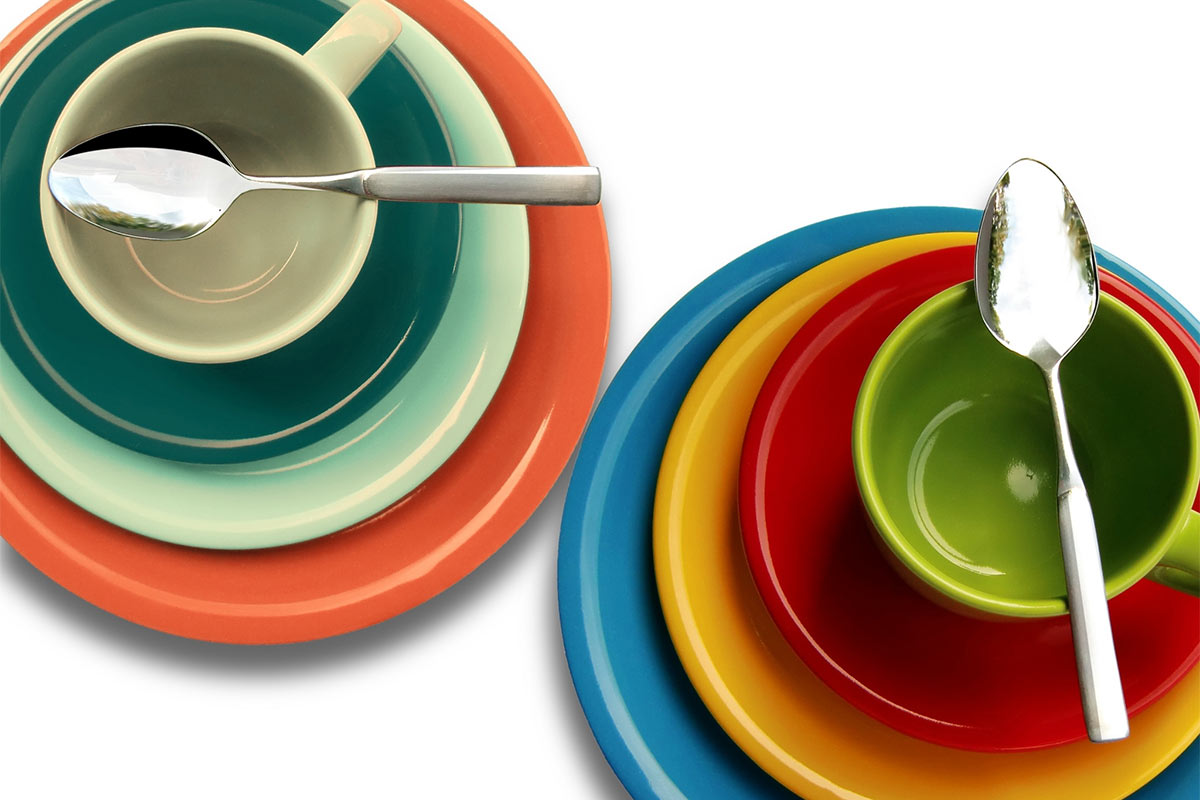How would you feel and react, when you are about to consume a spoonful of your favorite beef and broccoli, but suddenly see a dried piece of chicken stuck between the fork’s prongs, that looked like a piece from your last meal? If you don’t puke, thinking you might have already swallowed some amount of soiled pieces of food, you would probably run to the sink and throw all the food from your plate away. Worst, when this happens in a restaurant.
Tableware needs to be cleaned every after use, even chopping boards, worktops and kitchen utensils, and just about everything we use concerning food and our health. Every chef and restaurateur know that ‘clean tableware’ is the major factor to every customer’s dining experience. Guests prefer to dine in restaurants that have sparkling clean tableware, and neat interiors, food preparation areas and restrooms. Otherwise, you’ll shoo customers away.
In all types of food business, restaurant, event rentals or food carts, you need to ensure cleanliness in both the food you serve and the utensils you use. And it’s not just simply washing everything in one load in a dishwasher but handwashing, following steps and strokes to ensure every spoon, fork, plate, glass and knife is squeaky-clean.
Wash Them Up
Before you soap and sanitize the dishes, make sure you wash them up first with warm water to easily cut the grease off and loosen food residue that stuck on the dishes. Use a good quality scrub that is made of thousands of durable nylon bristles.
Soap Them Right
Use the right dishwashing soap or liquid that has a combination of the best cleaning ingredient, safety, pricing and social responsibility, to clean your tableware well. More so, check if your soap or liquid has lauramine oxide, a foam builder chemical used as dye dispersant, wetting agent, emulsifier, lubricant, surfactant, anti-statics agent and viscosity controlling agent.
Choose Between Hot Or Cold Rinse
Dishes dry naturally when rinsed with very hot water at 110-115 temperature, but make sure you are wearing washing gloves to avoid getting burnt. Rinsing with hot water will ensure dishes will air dry quickly. Some prefer to use warm or cool water because it can easily wash soap right away, and conserve hot water.
Sanitize Them
You can only be assured that your tablewares are safe to use when you have fully sanitized them, most especially when you are running a food business. Chlorine and iodine are known sanitizing chemicals, but tend to react with food, making them less effective. Chemicals like chlorine, iodine or quaternary ammonium.
- Chlorine is very effective on bacteria and inexpensive, but corrosion and skin irritation are two of its downside
- Iodine, on the other hand, is strong and less irritating on skin, but might discolor surfaces
- While quaternary ammonium is odorless, non-irritating ad stable to heat and organic matter presence, but is not compatible with detergent and hard water.
You may choose other sanitizing processes like Heat, using steam, hot water or hot air.


